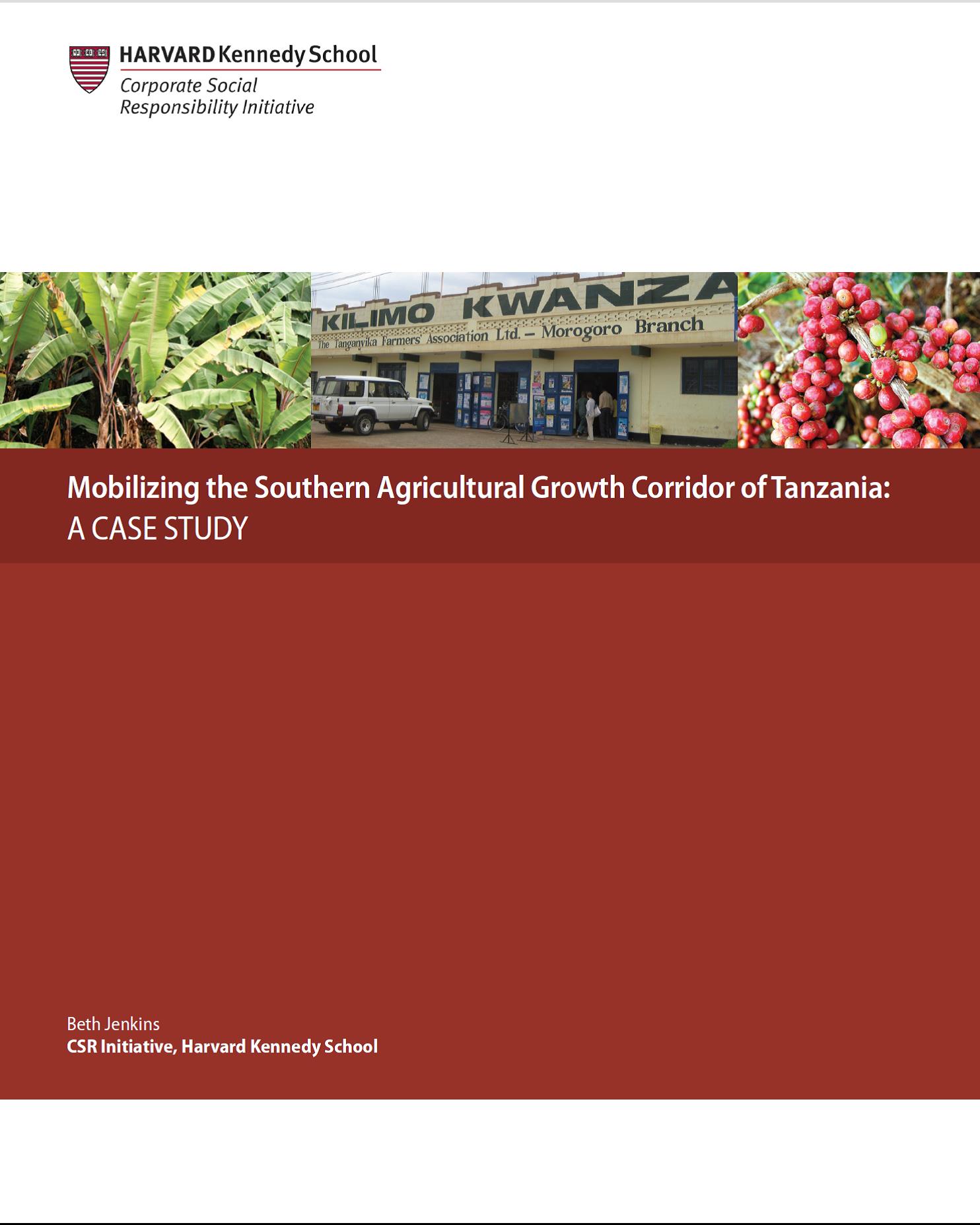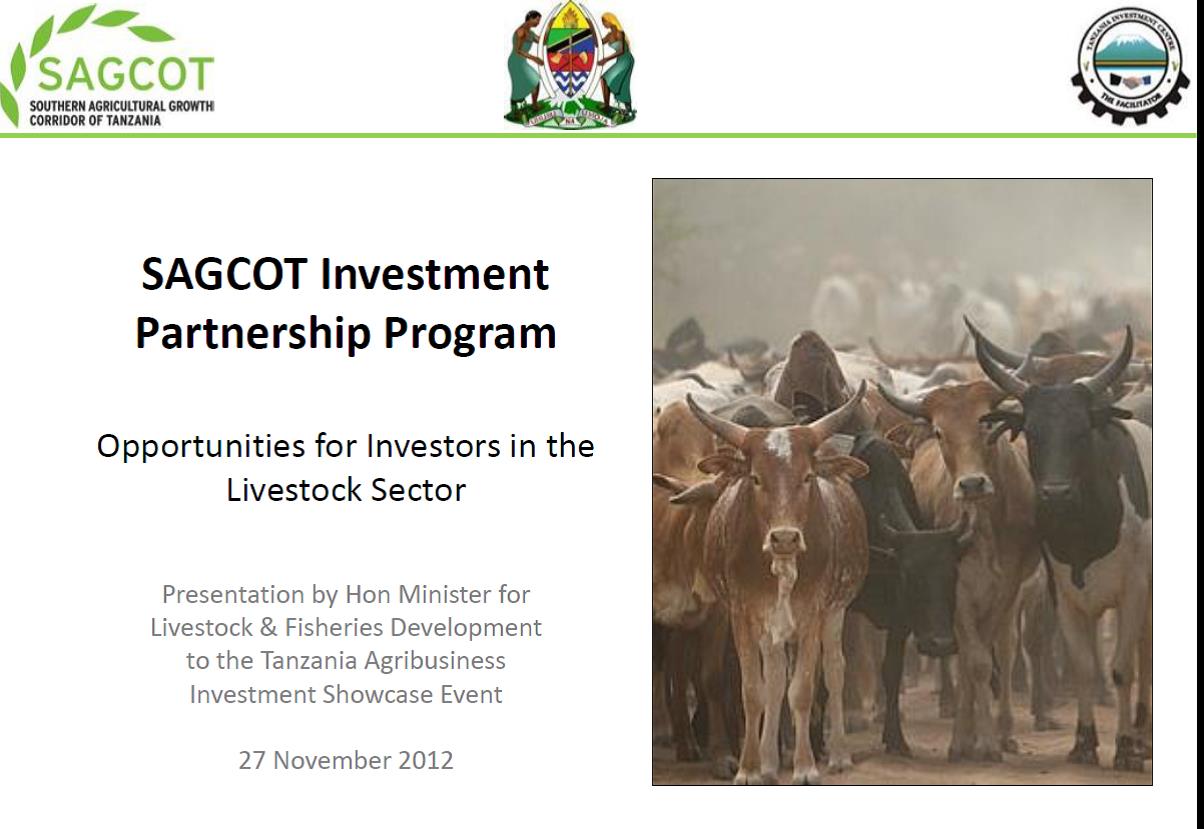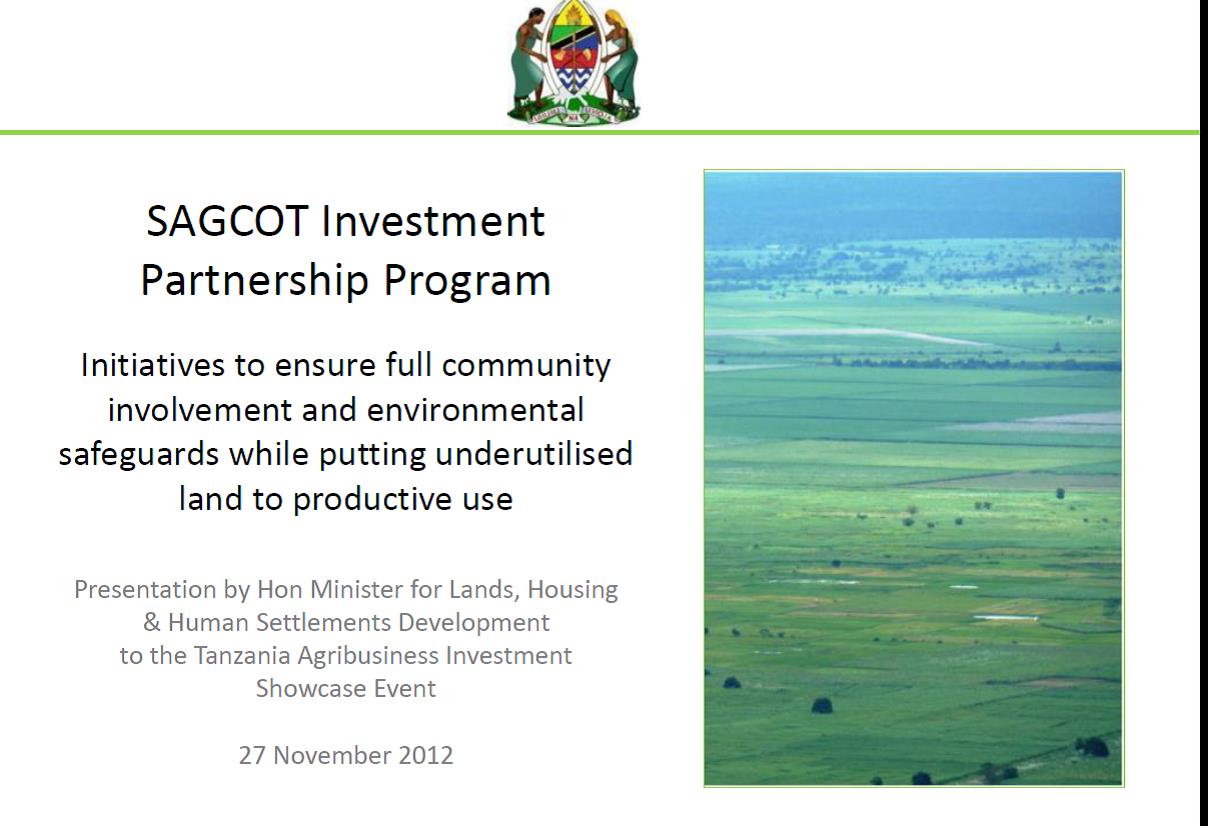Mobilizing the Southern Agricultural Growth Corridor of Tanzania
This case study is part of a Harvard Kennedy School CSR Initiative workstream on systemic approaches to creating business opportunity and development impact at scale. An initial framing paper, “Tackling Barriersto Scale: From Inclusive Business Modelsto Inclusive Business Ecosystems,” was published in September 2011. This document is one of several in-depth case studies subsequently conducted to generate knowledge and provide practical guidance on what such systemic approaches look like and how to structure and implement them.








